What Is A Good Binoculars ?
A good pair of binoculars is one that meets your specific needs and preferences. Factors to consider include the magnification power, objective lens diameter, field of view, and overall build quality. It is important to choose binoculars with a magnification that suits your intended use, whether it be for birdwatching, stargazing, or other activities. A larger objective lens diameter allows more light to enter the binoculars, resulting in brighter images. A wider field of view provides a larger area of the scene that can be observed. Additionally, the build quality, including the materials used and the overall design, should be durable and comfortable to use. Ultimately, the best binoculars for you will depend on your specific requirements and budget.
1、 Magnification power
What is a good binoculars? Magnification power is a crucial factor to consider when determining the quality of binoculars. It refers to the degree of enlargement provided by the lenses, allowing users to see distant objects more clearly. The magnification power is typically denoted by a number followed by an "x" (e.g., 8x, 10x).
A good binoculars should strike a balance between magnification power and other factors such as lens quality, field of view, and stability. Higher magnification power may seem appealing, but it can also lead to a narrower field of view and reduced image stability. For general purposes like birdwatching or nature observation, a magnification power of 8x or 10x is often recommended. These levels provide a good balance between image detail and stability.
However, it's important to note that the latest point of view in the field of binoculars suggests that there is no one-size-fits-all answer to what constitutes a good magnification power. It depends on the specific use case and personal preferences. For example, if you are primarily interested in astronomy, a higher magnification power of 15x or more might be desirable to observe celestial objects in greater detail.
Ultimately, the best binoculars are those that meet your specific needs and preferences. It's advisable to try out different magnification powers and consider factors like lens quality, field of view, and stability to make an informed decision.
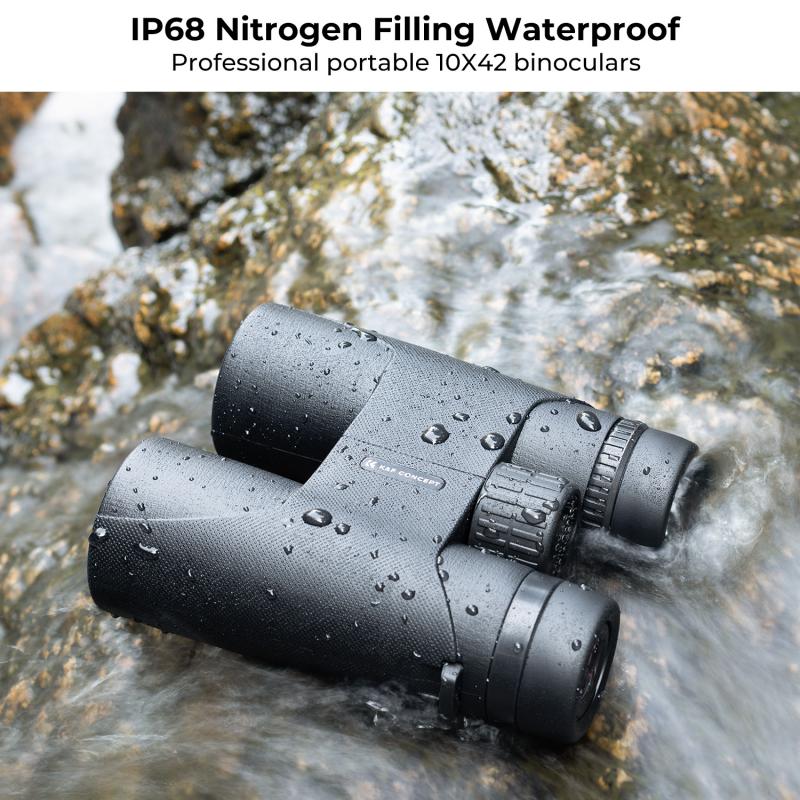
2、 Objective lens diameter
A good pair of binoculars is one that meets your specific needs and preferences. One important factor to consider when choosing binoculars is the objective lens diameter. The objective lens diameter refers to the size of the front lenses of the binoculars, measured in millimeters. It plays a crucial role in determining the amount of light that enters the binoculars, which directly affects the brightness and clarity of the image you see.
A larger objective lens diameter allows more light to enter the binoculars, resulting in brighter and clearer images, especially in low-light conditions. This is particularly important for activities such as stargazing or birdwatching at dawn or dusk. However, larger objective lenses also mean heavier and bulkier binoculars, which may not be ideal for those who prioritize portability.
On the other hand, smaller objective lens diameters are more compact and lightweight, making them easier to carry around. They are suitable for daytime activities such as hiking, wildlife observation, or sporting events where lighting conditions are generally brighter. However, they may not perform as well in low-light situations.
It is important to strike a balance between the objective lens diameter and your intended use of the binoculars. Consider factors such as the environment you will be using them in, the lighting conditions, and your personal preferences for portability versus image quality.
In recent years, there have been advancements in lens coatings and technologies that have improved the performance of binoculars with smaller objective lens diameters. These advancements have allowed for better light transmission and image quality, even in compact binoculars. Therefore, it is worth considering the latest models and technologies when making your decision.
Ultimately, the "goodness" of binoculars is subjective and depends on your specific needs and preferences. It is recommended to try out different models and consult with experts or read reviews to find the binoculars that best suit your requirements.
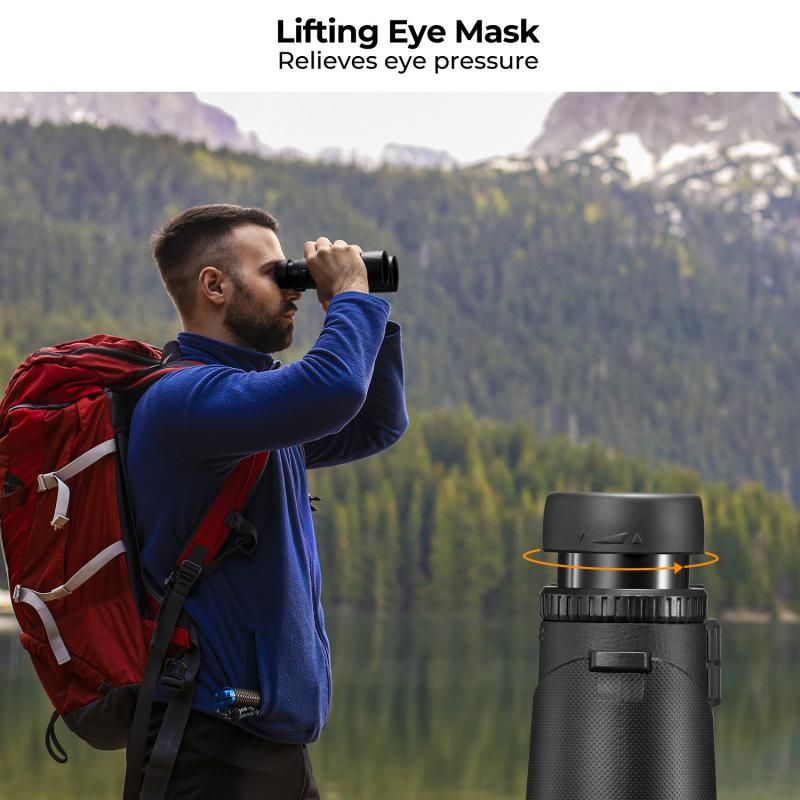
3、 Field of view
A good pair of binoculars is one that offers a wide field of view. The field of view refers to the width of the area that can be seen through the binoculars at a specific distance. A wider field of view allows for a larger area to be observed, making it easier to track moving objects or scan a landscape.
When it comes to choosing binoculars with a good field of view, there are a few factors to consider. Firstly, the magnification power plays a role. Higher magnification binoculars tend to have a narrower field of view, while lower magnification binoculars offer a wider field of view. So, it's important to strike a balance between magnification and field of view based on your specific needs.
Additionally, the design and quality of the optics in the binoculars can affect the field of view. High-quality lenses and prisms can provide a clearer and wider field of view. It's also worth considering the size and weight of the binoculars, as larger models may offer a wider field of view but can be less portable.
In terms of the latest point of view, advancements in technology have allowed for the development of binoculars with wider fields of view. Manufacturers are constantly improving their optics to provide users with a better viewing experience. Some binoculars now feature wide-angle eyepieces or specialized lens coatings that enhance the field of view.
In conclusion, a good pair of binoculars should have a wide field of view to provide a broader perspective. Consider the magnification power, quality of optics, and overall design when selecting binoculars. Stay updated with the latest advancements in technology to ensure you are getting the best field of view possible.
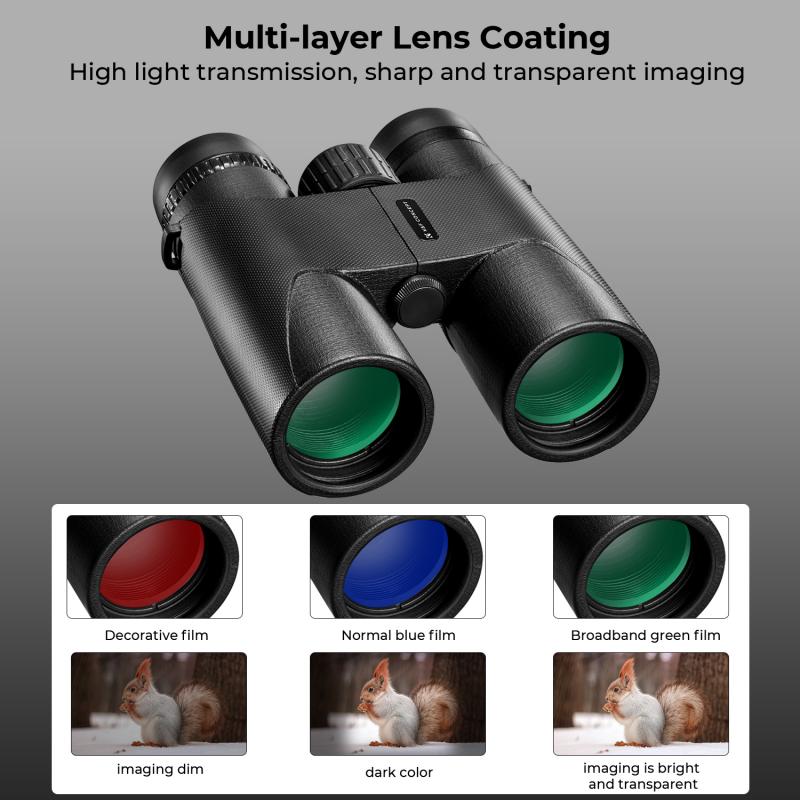
4、 Prism type (roof or porro)
A good pair of binoculars is one that meets your specific needs and preferences. When considering binoculars, one important factor to consider is the prism type, which can be either roof or porro.
Roof prism binoculars are known for their compact and streamlined design. They have a straight-through barrel shape, making them more lightweight and easier to handle. Roof prism binoculars also tend to be more durable and resistant to water and fog, making them suitable for outdoor activities. They often have a more modern and sleek appearance, making them popular among birdwatchers and hikers.
Porro prism binoculars, on the other hand, have a more traditional design with an offset barrel shape. They generally offer a wider field of view and better depth perception compared to roof prism binoculars. Porro prism binoculars are often favored by wildlife enthusiasts and stargazers due to their superior image quality and affordability.
In terms of the latest point of view, both roof and porro prism binoculars have seen advancements in technology. Roof prism binoculars now often feature phase-corrected coatings on the prisms, which enhance image contrast and sharpness. They also come with high-quality lens coatings, such as anti-reflective coatings, to improve light transmission and reduce glare.
Porro prism binoculars have also benefited from technological advancements, with improved optical coatings and materials. Some models now come with ED (Extra-low Dispersion) glass, which reduces chromatic aberration and enhances color accuracy.
Ultimately, the choice between roof and porro prism binoculars depends on your specific needs and preferences. Consider factors such as intended use, budget, and personal comfort when making your decision. It's also recommended to try out different models and brands to find the one that feels most comfortable and provides the best image quality for you.
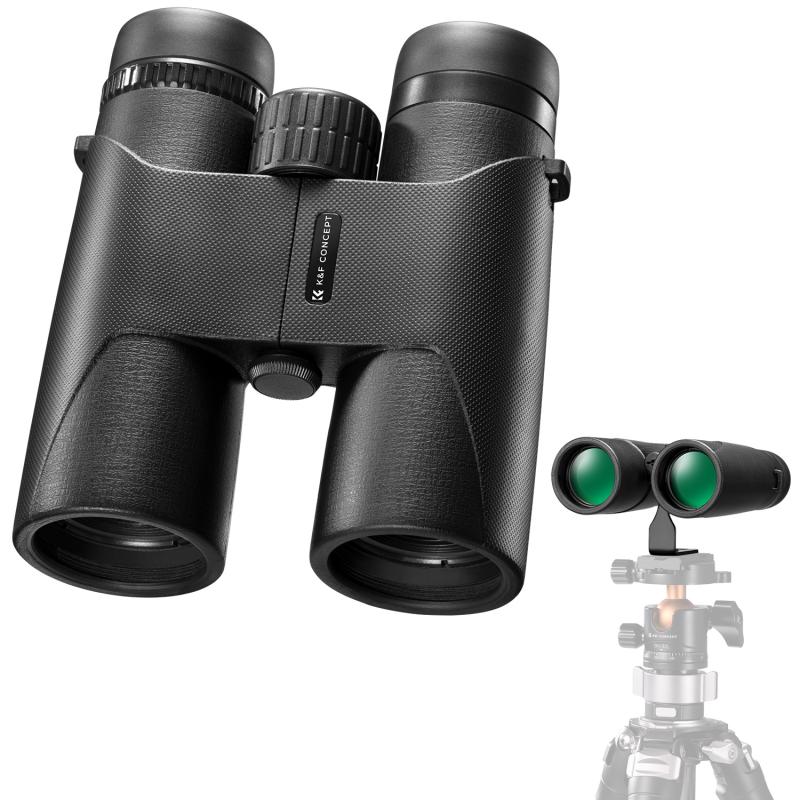




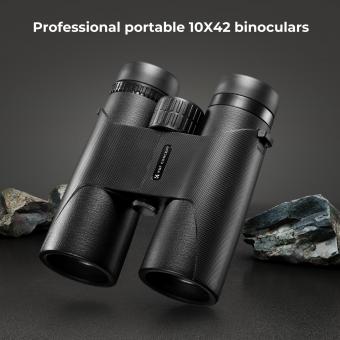
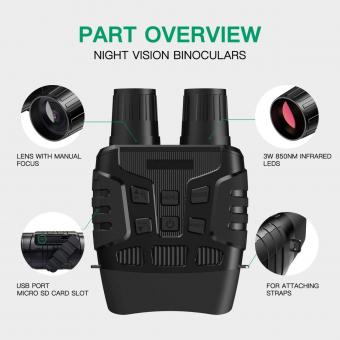


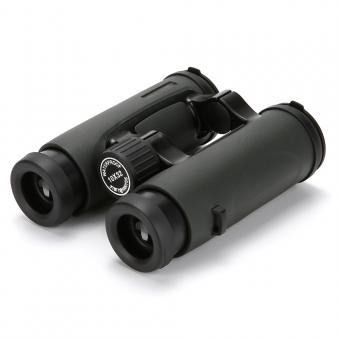

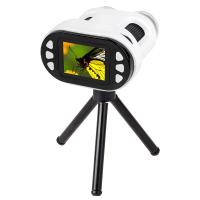
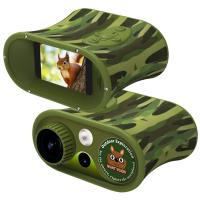




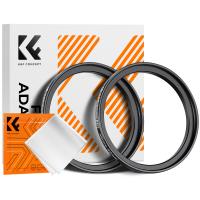
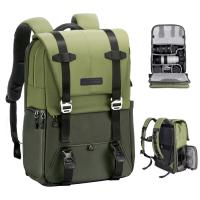
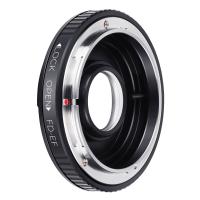
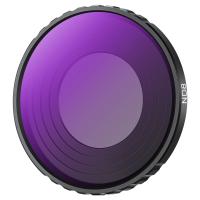

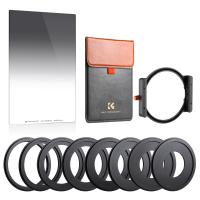

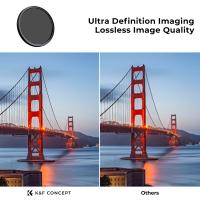


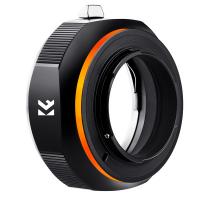
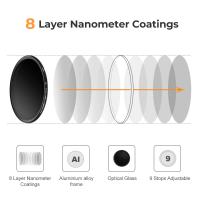
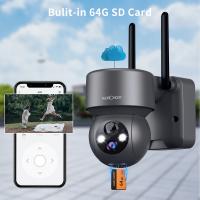
There are no comments for this blog.